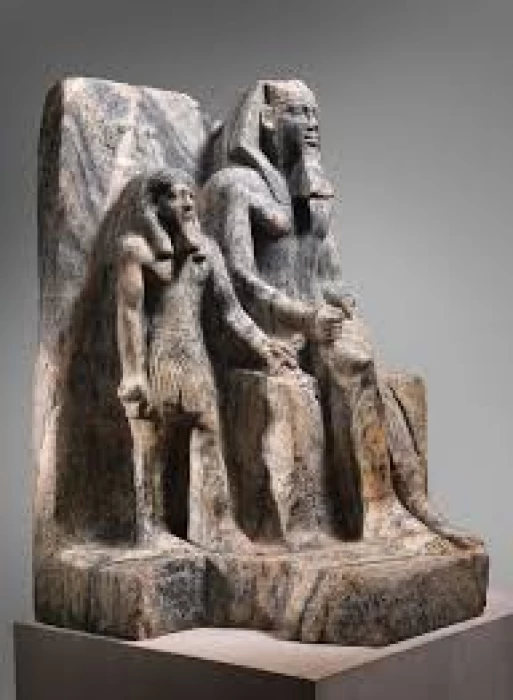
Discovery of Khun Kan's Tomb in Saqqara
An Egyptian archaeological mission working in the Saqqara region of Giza has found the tomb of a person named Khun Kan, who served as a “nobleman” to King Jed Ka-Ra in the late Fifth Dynasty of ancient Egypt.
Egypt Travel Packages often include visits to the Saqqara region, where this discovery took place.
The tomb is “unique” and consists of an upper building consisting of a sacrificial compartment and a lower one connected to an atrium leading to two chambers. As for the sacrificial compartment, the mission found only the remains of its lower walls, which were constructed of white limestone, indicating that the stones of the compartment were removed during ancient Egyptian times and reused elsewhere. In the northern wall of the tomb, the mission found the entrance to the lower building, the design of which mimics the pyramids of the Fifth Dynasty, “a design that is being revealed for the first time in the tombs of individuals rather than kings of that period,” he said.
This part of the tomb begins with a descending corridor that leads to a small hall and then to a front chamber with inscriptions that include scenes depicting the owner of the tomb sitting in front of a sacrificial table. The mission also found a second, uninscribed chamber that was used as a burial chamber with the remains of a white limestone sarcophagus that was completely shattered. However, the mission was able to uncover the human remains of the owner of the tomb among the stones on which the remains of oils and resin used by the ancient Egyptians for mummification were found.
Egypt Shore Excursions often include visits to significant archaeological sites like Saqqara, where visitors can learn more about the ancient Egyptian burial practices.
The Fifth Dynasty ruled ancient Egypt from approximately 2465 to 2323 BC. The mission also succeeded during its last excavation season in revealing the name of the king's wife for the first time, who was called Queen Set Ib Hor, engraved on a granite pillar on the southern side of her temple. He added that the queen's temple was previously uncovered in the 1950s, but archaeologists had no information about her name or titles. The queen's pyramid group, located northeast of her husband's pyramid, is considered one of the largest pyramid groups built for a queen during the Old Kingdom and one of the first pyramids built in southern Saqqara during the end of the Fifth Dynasty.
You can explore this rich history with Egypt Day Tours that focus on ancient Egyptian discoveries, including those at Saqqara.















